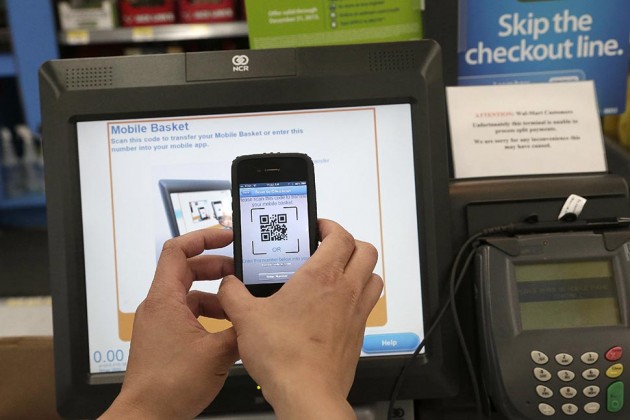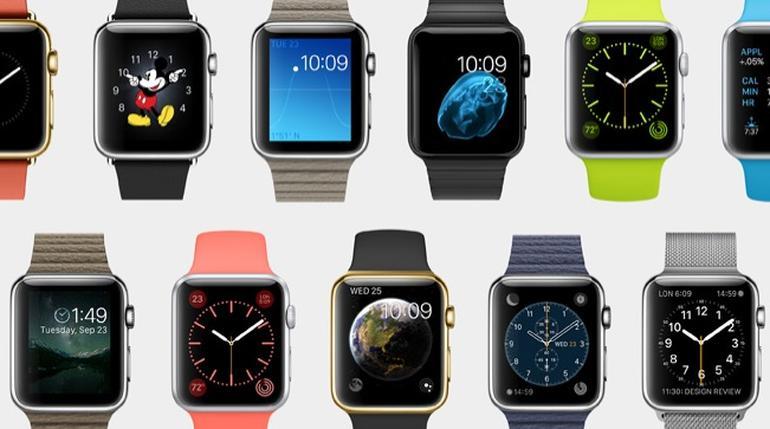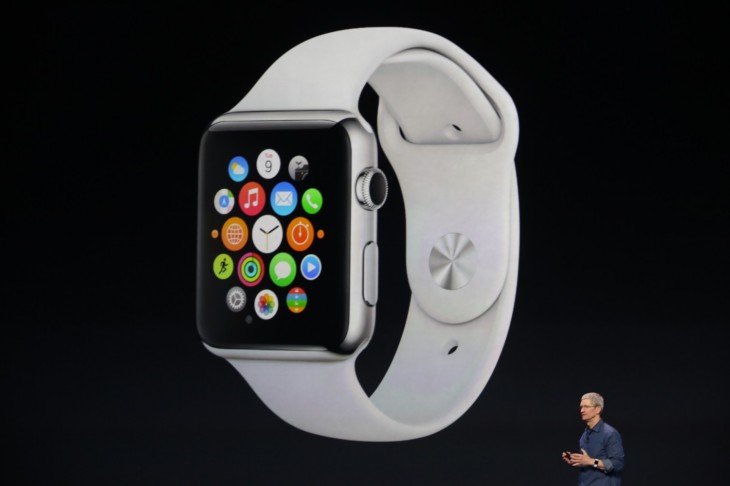Walmart Pay
In-Store Mobile Payments
The mobile payments war is far from over. In fact, it just got much more interesting since Walmart entered the scene—yes, mega retailer Walmart announced recently that it plans to offer mobile payments to its shoppers. Walmart Pay has launched as a feature in the retailer’s existing smartphone app. That will be compatible with all […]


